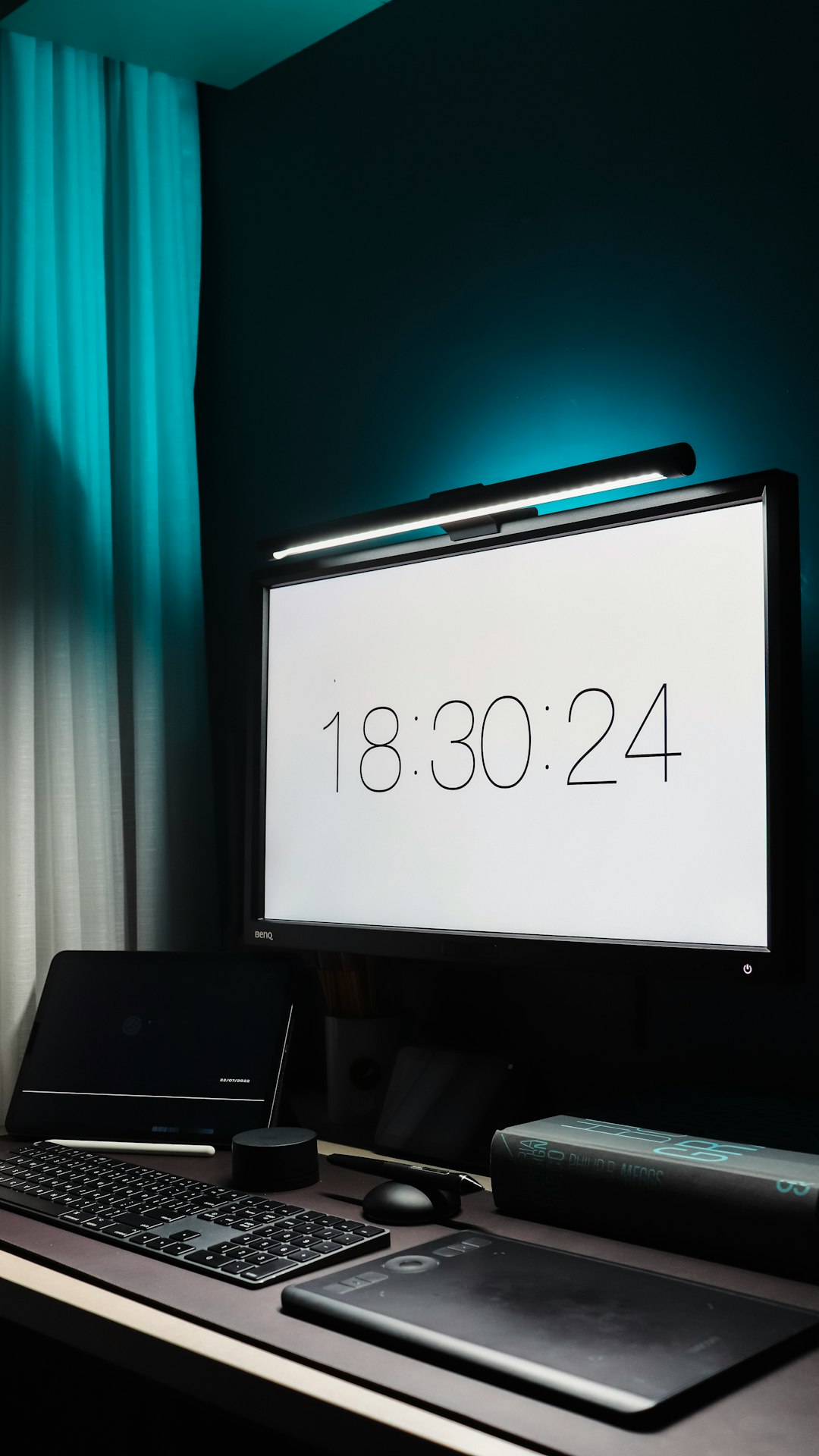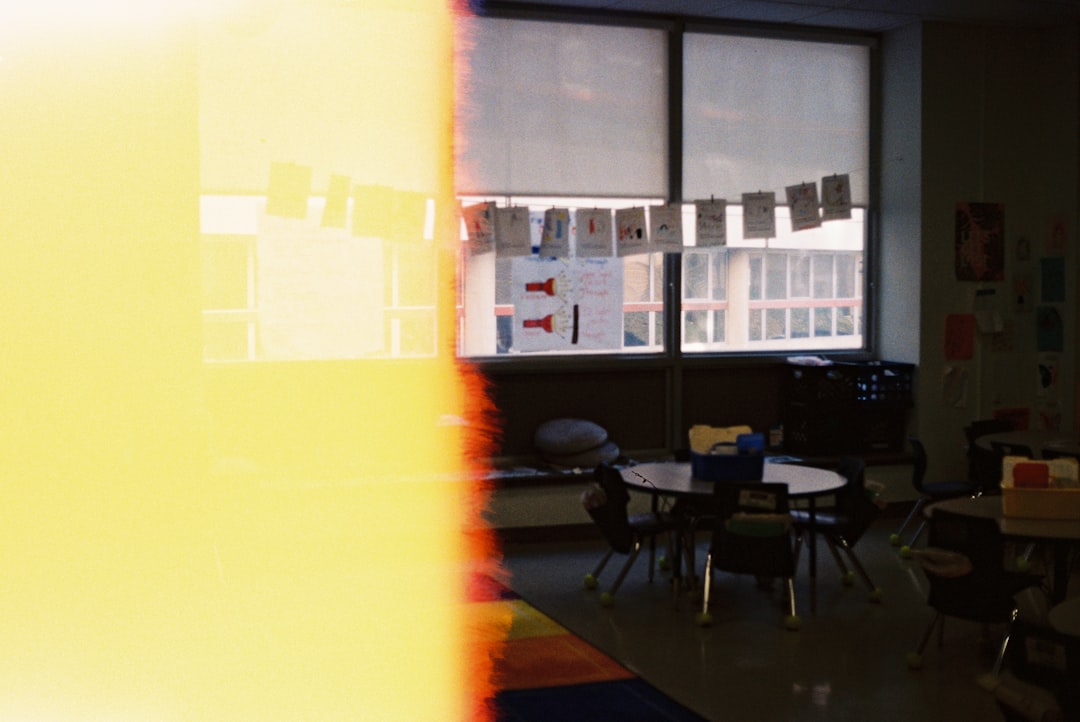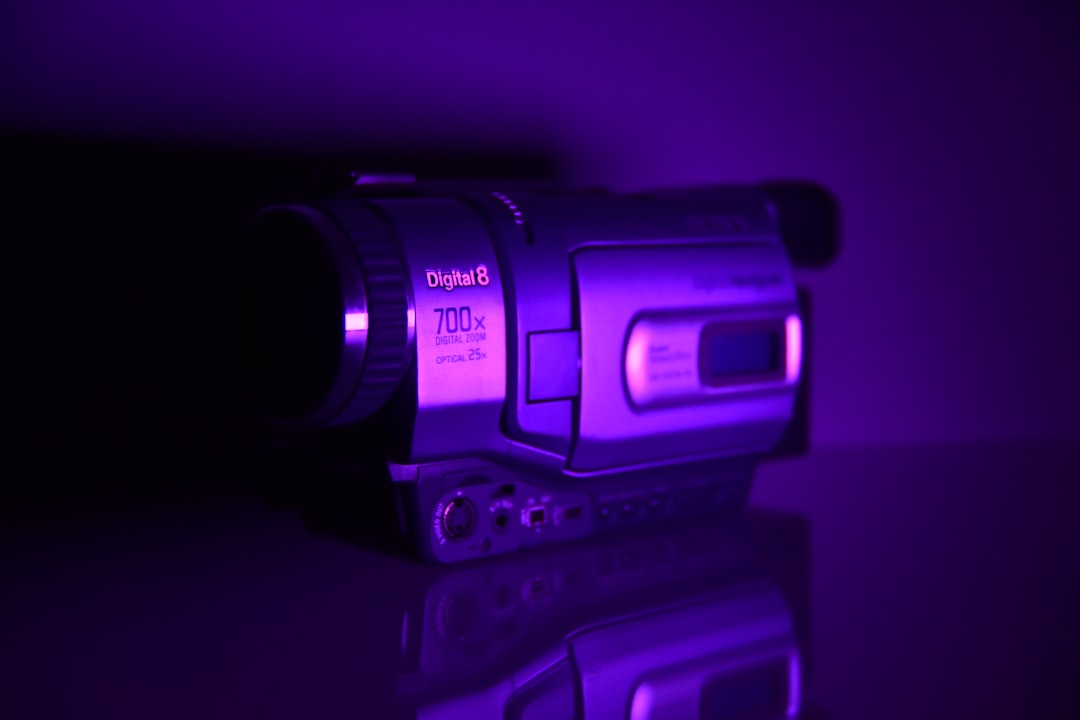When deciding between a pocket projector and a full-size projector, two of the most important factors to consider are brightness and throw distance. These core aspects significantly influence the viewing experience, whether you’re hosting a backyard movie night or giving a corporate presentation. With advancements in technology, even pocket projectors have come a long way, but they still differ considerably from their larger counterparts in several critical areas.
Contents
What Is Brightness in Projectors?
Brightness in projectors is measured in lumens, a unit that quantifies the total visible light emitted. The higher the lumen count, the brighter the image will appear. This becomes especially important in well-lit environments where low-lumen projectors can struggle to deliver a clear, vibrant image.
There are typically two measures of brightness:
- ANSI Lumens: A standardized method to evaluate the true brightness of projectors.
- LED Lumens: Often used by pocket projector manufacturers and can be misleading due to different measurement standards.
Brightness in Pocket Projectors
Pocket projectors are designed for portability and convenience, often weighing less than a pound and small enough to fit in your hand. However, this compact size comes at a cost, particularly when it comes to brightness. Most pocket projectors offer between 100 to 800 ANSI lumens, which is sufficient for darkened rooms or for impromptu usage but falls short in brighter settings.
Brightness in Full-Size Projectors
Full-size projectors, on the other hand, typically range from 2000 to over 5000 ANSI lumens. This makes them much more versatile, capable of throwing bright, clear images even in rooms with moderate to high ambient light. For example, a projector with 3000+ lumens is ideal for presentations in conference rooms or classrooms where full darkness isn’t practical.

Understanding Throw Distance
The throw distance is how far a projector needs to be from the screen to create a particular image size. The longer the throw, the larger the space required between the projector and the screen.
Throw distance is often categorized into three types:
- Short Throw: 3 to 8 feet (1 to 2.5 meters) for a 100-inch screen
- Ultra-Short Throw: Less than 3 feet (under 1 meter)
- Standard Throw: 8 feet and above (>2.5 meters)
Throw Distance in Pocket Projectors
Most pocket projectors are designed with short throw lenses due to their intended usage scenarios—like quick setups and impromptu viewing in small spaces. These projectors often require only a few feet of space to produce a 60- to 100-inch image. This makes them excellent for travel, small rooms, or dormitories.
Throw Distance in Full-Size Projectors
Full-size projectors generally have more flexible throw ratios, allowing for larger image sizes from greater distances. With higher lens quality and zoom features, full-size models can be positioned at a range of distances, making them ideal for theaters, classrooms, and more permanent installations.

Comparing Image Quality
While brightness and throw distance are crucial, they combine to influence overall image quality—a point where the difference between pocket and full-size projectors becomes even more noticeable.
Image Quality in Pocket Projectors
Many pocket projectors offer impressive capabilities given their size, including HD resolution and even smart connectivity features. However, limitations in brightness often mean that images can appear washed out in ambient light. The smaller lenses and poorer heat dissipation can also affect sharpness and consistency over long viewing sessions.
Image Quality in Full-Size Projectors
Full-size projectors can deliver stunning HD or 4K visuals with excellent color reproduction and contrast ratios. Advanced features like lens shift, laser light sources, and deeper blacks make them better suited for high-quality media consumption or professional presentations. These projectors are designed to operate over longer periods without quality degradation.
Portability vs Performance
The trade-off between portability and performance is central to this comparison. Here’s how each type stands:
- Pocket Projectors: Ultra-light, battery-powered, and ideal for spontaneous use. However, they compromise on brightness and image fidelity.
- Full-Size Projectors: Require more space and setup time, but deliver superior performance across all measurable metrics.
Which Projector Should You Choose?
Choosing between a pocket and full-size projector depends on your specific needs. Consider the following scenarios:
Go with a Pocket Projector if:
- You need ultimate portability.
- You often present or watch media in dark rooms.
- You’re using a small screen or wall.
- Your focus is casual entertainment or mobile business use.
Opt for a Full-Size Projector if:
- You require large, vibrant images in different lighting conditions.
- You want better longevity and feature sets (like zoom and lens shift).
- You’re setting up a home theater or need consistent performance for professional use.
- You have the space and don’t mind a more permanent setup.
Emerging Technologies Bridging the Gap
As technology evolves, the gap between pocket and full-size projectors continues to narrow. Innovations like laser light sources, improved battery life, and compact DLP technology are enabling pocket projectors to pack more power than ever before. Some high-end models now push beyond 1000 ANSI lumens while maintaining palm-sized form factors.

Meanwhile, full-size projectors are becoming more feature-rich with the integration of smart TV functionalities, voice controls, and wireless connectivity. This makes them appealing not just for traditional users but also for tech-savvy consumers looking for an all-in-one entertainment hub.
Conclusion
The decision between a pocket projector and a full-size model largely comes down to how you plan to use it. If portability and convenience are your top priorities, a pocket projector is a suitable choice, especially for casual use or travel. If you need professional-grade brightness and precise image quality, a full-size projector will deliver both the performance and flexibility needed for more demanding applications.
Ultimately, understanding the nuances of brightness and throw distance helps you align your choice with your goals, ensuring that your projector performs optimally in the environments where you use it most.

